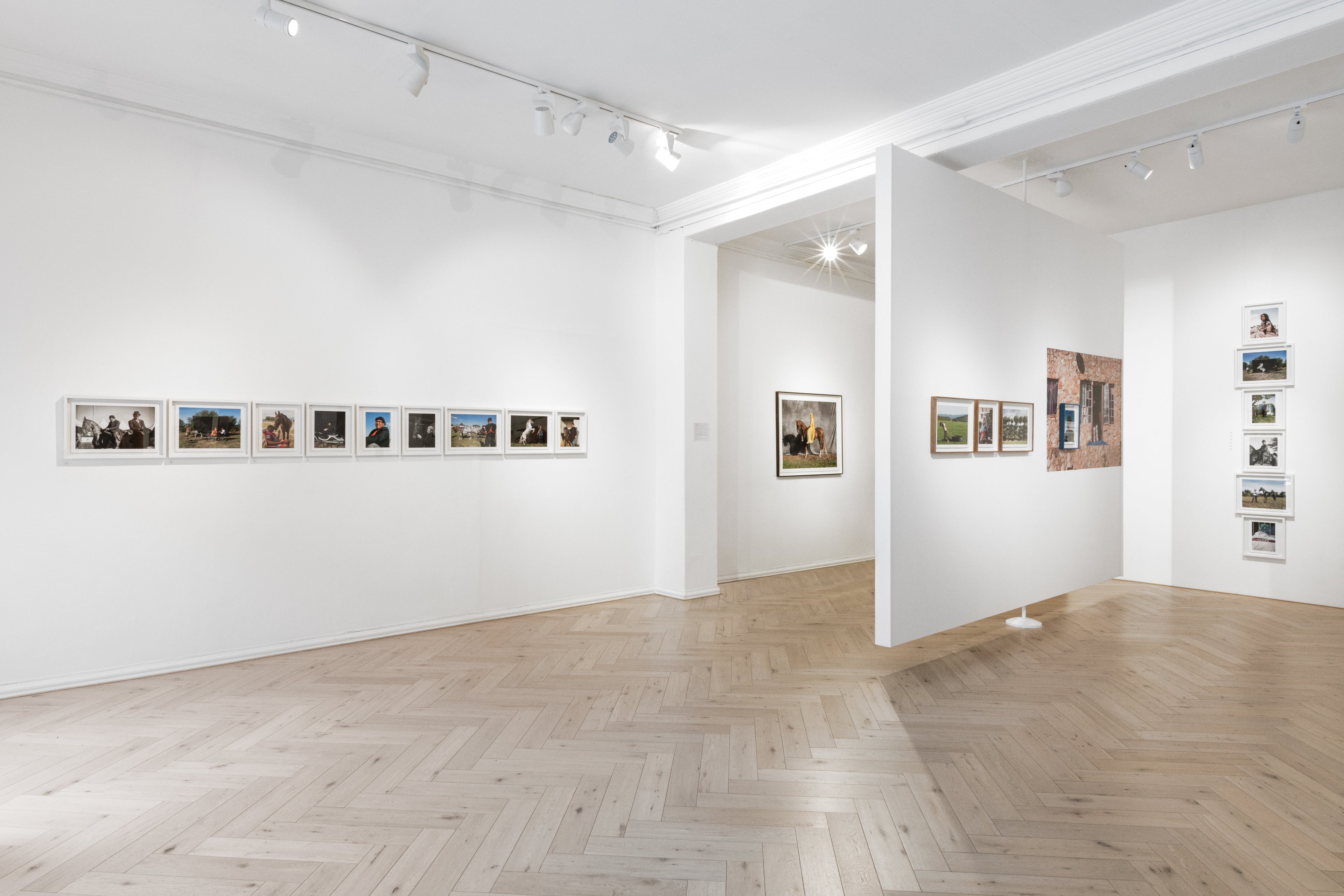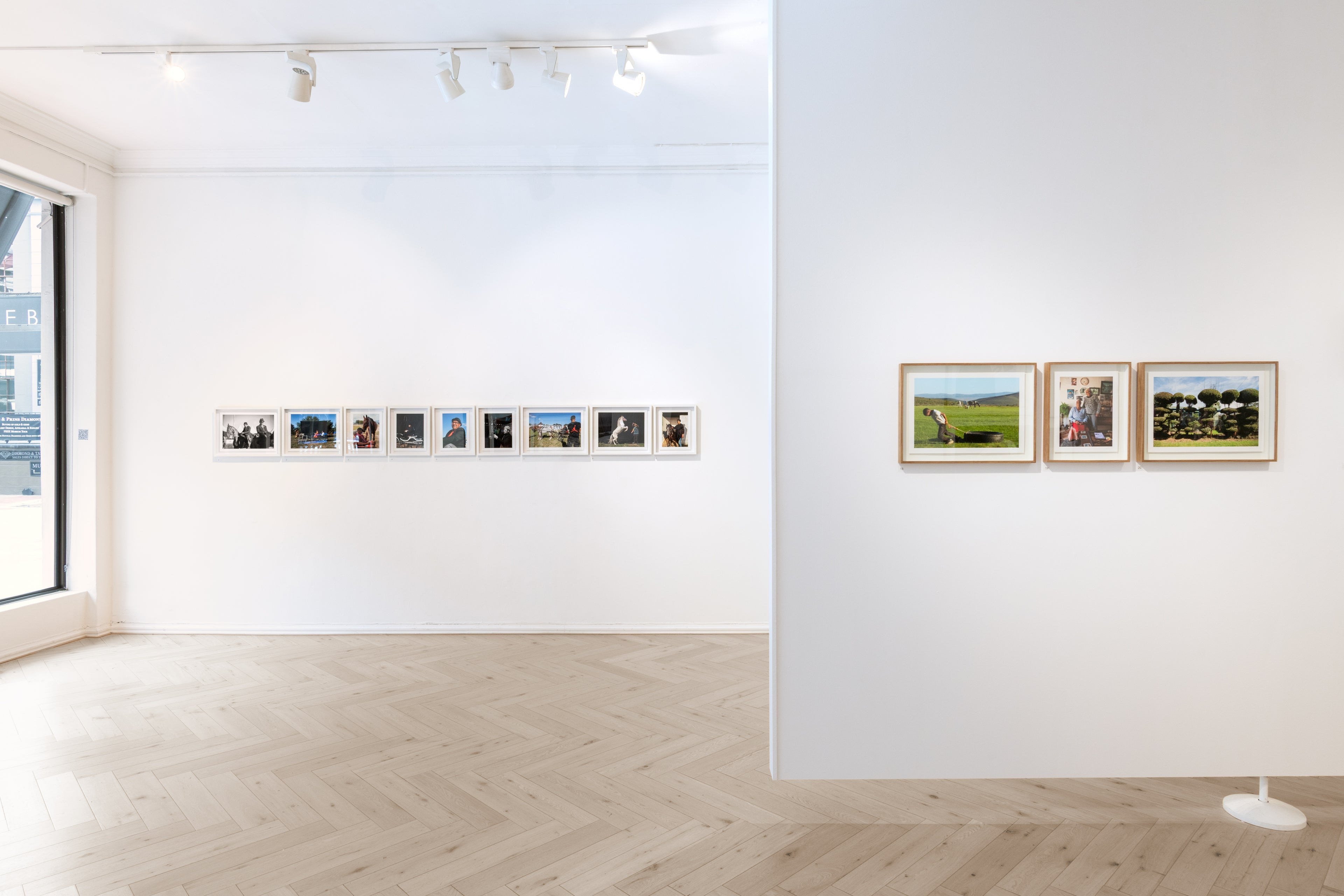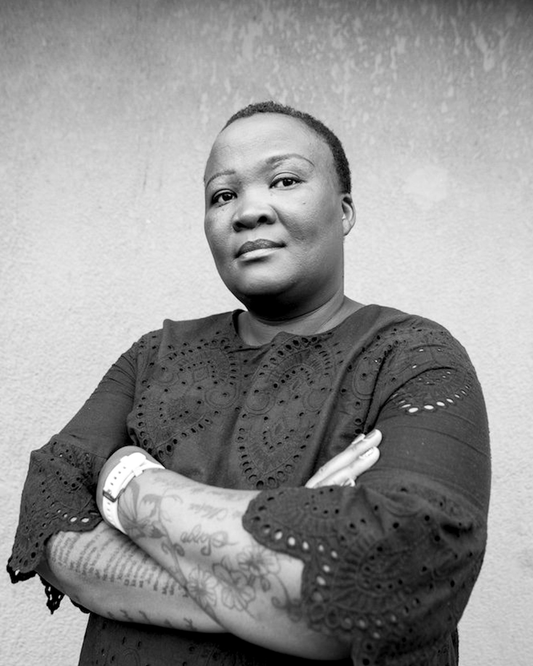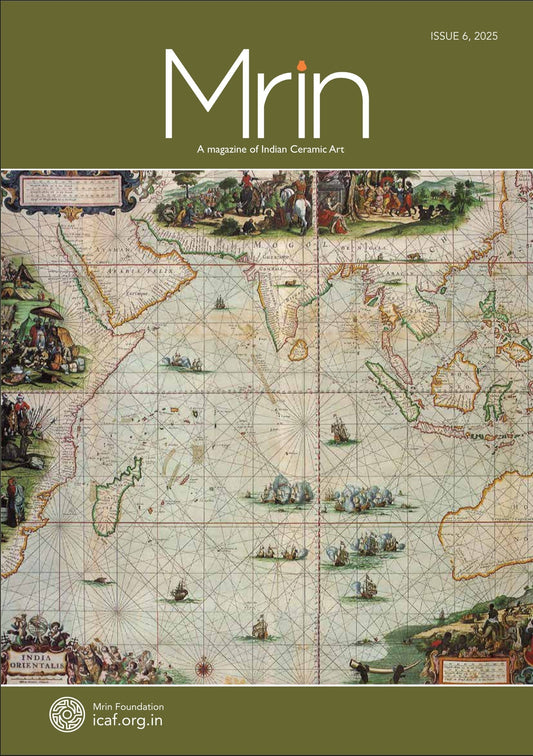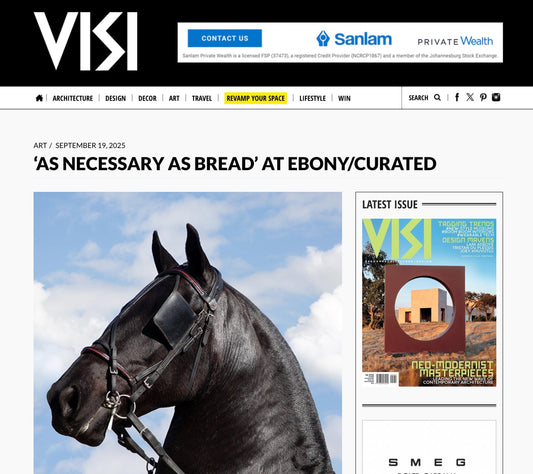What drew you to focus on horse culture as a way to explore South African histories of displacement, erasure, and continuity?
“We make sense of the world through what we know, and what I know is my family, my community, and horses. There was a period in life when I felt quite dislocated and estranged from these things. I found myself longing to reconnect. Horses always felt like a gift from my father, a constant when very few other things were. They became the thread that guided me back to where I started.
Like many people my age, I grew up hearing stories about the beautiful home and land my family once owned in Stellenbosch and how it was taken from us during the Group Areas Act. My dad has very few photographs from that time, so for me it feels more like myth than memory. A kind of inheritance made up of stories.
Those stories were always told with a mix of pride and grief, as if to say: we are here today, and we carry on despite everything.
The horse culture I grew up around never fully resembled the magazines and books I collected as a child. There were almost no equestrian images that reflected my reality or the people I knew. The horse was the constant, yes, but the representation was missing. Later, my dad would take me to local eventing shows, and I learned other riding styles, expanding my sense of the culture and its diversity.
Studying fine art taught me how to research and contextualise what I was seeing. When I returned to horses as an adult, it wasn’t just out of nostalgia; it was to understand this culture deeply. To trace its histories and to explore why it matters. Photographing horse culture in my community became a way to insist on continuity, to resist erasure and to build something that could outlast memory.”
Read the full article here

